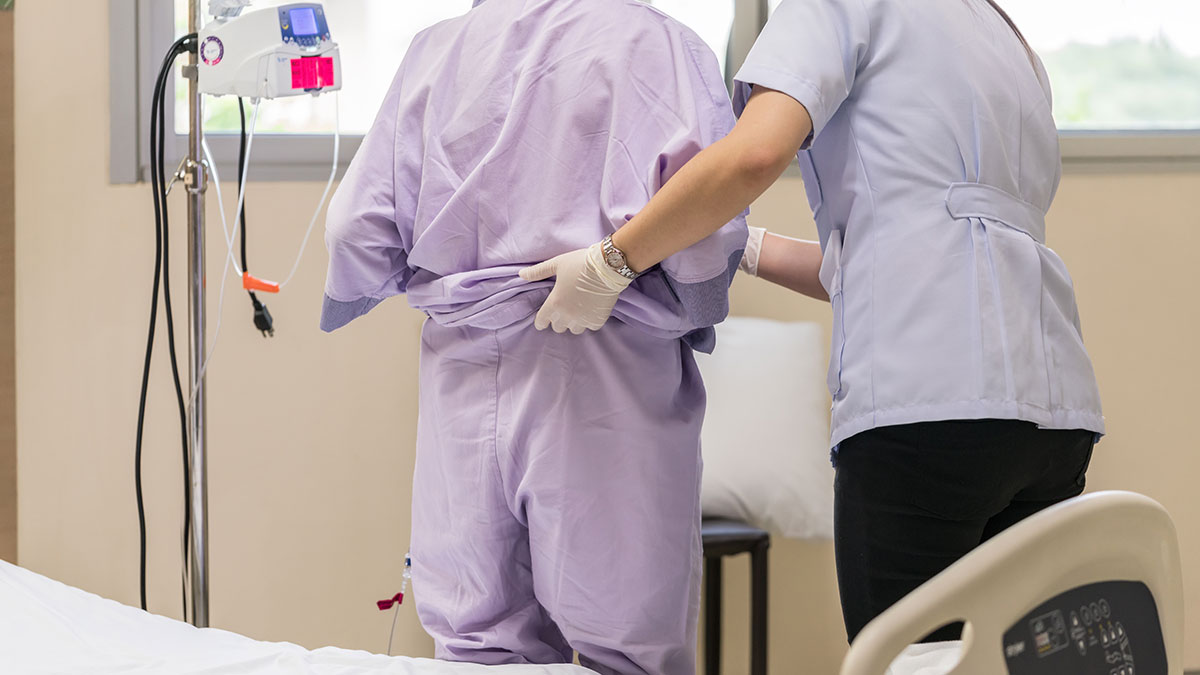What You May Expect?
For patients undergoing orthopaedic surgery, the post-operative physiotherapy protocol that they follow will be critical to the result that they achieve. Often, there is an established guideline or protocol for the Physiotherapist to follow if you are having a common surgery such as a hip replacement, knee replacement, or ACL reconstruction. Your Physiotherapist should be familiar with this protocol and be able to adjust your program based on your specific circumstances. Healing after surgery requires strength and fuel. That’s why we pair post-surgical physiotherapy with in-home kinesiology and dietitian care for best outcomes.
Generally speaking, post-operative physiotherapy occurs in three phases: the early recovery phase, the strength and range of motion phase, and lastly, the functional restoration phase.




